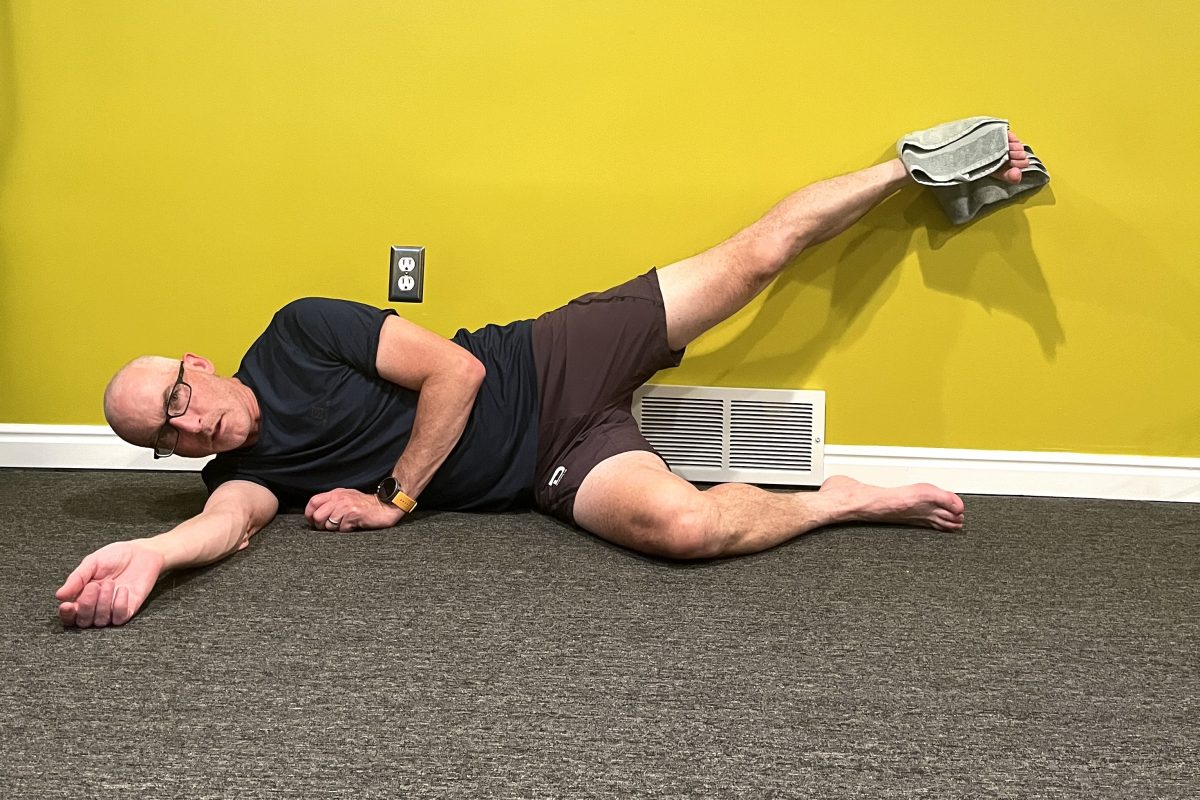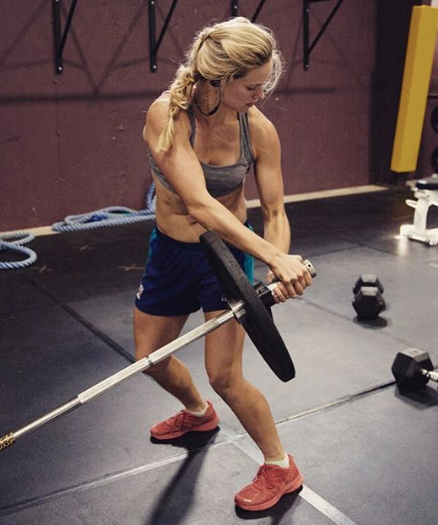Maria Stuber is a member of the CXC Elite Team. She is a 2009 U.S. National Championship Silver Medalist and a graduate of Northern Michigan University, where she was captain of the women’s cross country ski team. Maria received a bachelor’s degree in Physiology from NMU in 2007 and will complete her master’s degree in Exercise science in December, 2009. She is currently running an Endurance-Based Personal Training program called Alliance Training (www.xcskialliance.com/training) where she writes individualized training plans for athletes of all ability levels. To get a plan of your own contact info@xcskialliance.com or call (414) 559-9147.
A well designed training plan takes very basic exercise concepts and applies them in an organized fashion to achieve a specific goal. The two most important concepts one must apply are: specificity and overload. The organized, progressive fashion that these concepts are applied is called periodization.

Specificity is perhaps the most basic concept. The type of demand placed on the body dictates the type of adaptation that will occur. An athlete will not get fast and powerful by doing all long, slow, distance training. Likewise, an athlete will not succeed in an endurance sport if he/she spend all of his/her time in the weight room. It is important to do intensity training that is specific to the energy demands of cross-country ski racing and to choose activities that are specific to skiing movements. Activities like roller-skiing, ski walking, and bounding are essential to performing well in our sport. Strength training must incorporate exercises that utilize the same muscle groups and movements used in cross-country skiing. While general endurance activities, like running and biking, have a purpose, they are not sufficient for ski training in the summer and fall.
The overload concept is also simple. In order for an athlete to improve, he/she must perform workouts of greater intensity than he/she is used to. This can be done by changing the intensity of a workout, the duration of a workout, the frequency of hard workouts, or any combination of these things. The overload principle must be applied strategically to attain the desired training adaptation without chronically fatiguing or overtraining the athlete.
In a well designed training plan, both specificity and overload must display progression as the competition season approaches. Although both specificity and overload should increase, they must do so in a discontinuous fashion. Hard periods of training must be followed by recovery periods. Likewise, hard days must be followed by easier days and adequate rest is important during each day of training. Recuperation allows the body time to adapt to the overload stimulus which is what produces optimal results. Another word for this strategic training progression is periodization.
The first step is to assess the training status of the athlete, his/her performance goals and time availability. It is critical to look at previous years of training volume and intensity so that one does not prescribe a plan that is too demanding. Physical testing can be a good way to evaluate fitness. Tests such as the 3000m run or the strength test (2 sets of 1 min timed pull-ups, sit ups, push-ups, dips, and box jumps with 1 min rest between sets and full recovery between activities) are ideal because norm values are available, and athletes can compare their results with cross-country skiers at the elite level. Roller ski time trials are also a good way for athletes to compare their own progress from year to year, but changes in weather and roller ski speeds make this comparison more difficult. It is important to have a test that is as repeatable and valid as possible. Elite athletes often use lactate threshold or VO2max laboratory tests to evaluate fitness, identify weaknesses, and prescribe training intensity zones. Although laboratory testing is not utterly necessary, it can be helpful if it is available.
The next step in designing a training plan for any athlete is to evaluate the demands of his/her sport. Cross-country skiing is special because it is a highly aerobic sport; however, the down hills provide some recovery, so there is often a serious anaerobic component. In addition, athletes need to be strong and powerful without having a lot of bulky muscle so strength training and plyometrics play a major role. Whether an athlete’s goals are to be top 10 at the State Meet, make the world cup team, or finish the Great American Birkebeiner, the components of training are identical. It is the volume and intensity of the training components that must be manipulated to individualize an athlete’s plan. The major components of a successful training plan are: over-distance training, interval training, speed training, and strength training. Each component is present all year round but the primary focus of training may change depending on the time of year. For example, an athlete’s training focus might be on over-distance (Level 1) and general strength training in May, June, and July. Then, during August and September the focus could shift to lactate threshold (level 3) intervals and power-strength training. Then, in October and November, the focus could shift to emphasize VO2max (level 4) intervals and speed training. Fitness testing and non-athletic time commitments, like school, work, and family should be taken into consideration when determining the primary focus of different training periods.
In cross-country skiing, many athletes invest huge amounts of effort, over many years, and see little or no performance gains. Developing a successful training strategy is a complicated, yet important endeavor. Small and simple things can make a huge difference, and it is imperative that serious athletes have a plan written out. Likewise it is equally important to record adherence to the plan and subsequent performance changes in a recording log. No matter what the goals of the athlete are, every athlete is different. Developing an individualized training plan can help any level athlete maximize their potential.
If you are serious about writing a training plan for yourself or another athlete, this short summary is a good start; however, I strongly recommend that you collaborate with a professional. If you have the time, check out a couple books at the library or use the CXC Academy (www.cxcacademy.com) for current information and example training plans. If you do not have the time, find a coach or an exercise science professional to help out. Alliance Training (www.xcskialliance.com/training) is an endurance-based personal training program that has experience developing individualized training plans for athletes of all ability levels from recreational to elite. In addition, Alliance Training specialists are committed to raising the level of cross-country skiing in the Midwest and will work with novice or volunteer ski coaches to design top-notch training plans for school and club programs. Please visit www.xcskialliance.com/training or contact info@xcskialliance.com to get more information on Alliance Training.






One comment
Pingback: XC Ski Alliance » Developing a Successful Training Plan